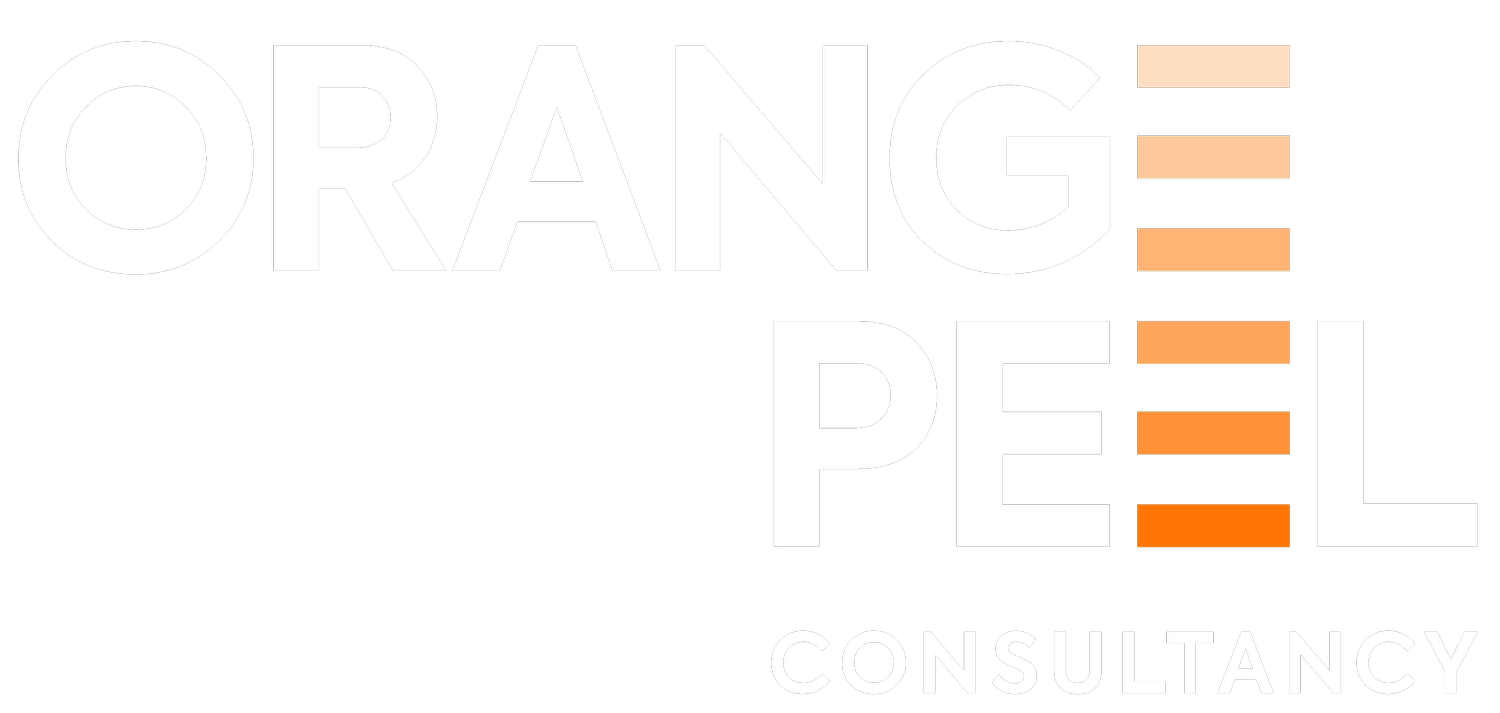AI and the Expert Witness: Opportunities and Risks in Construction Disputes
As an Expert Witness, I am on the UK Register of Expert Witnesses and for part of my very reasonable subscription, I receive a newsletter called “Your Witness”. The latest edition had a featured article, entitled, “Artificial Intelligence in the Courts” and it got me thinking about my own experience in using AI in my role as an Expert.
Artificial Intelligence (AI) is transforming the way professionals approach data-heavy, complex tasks, and the role of expert witnesses in construction disputes is no exception. From delay analysis to document review, the use of AI tools can offer unprecedented efficiency and insights. But alongside these opportunities come serious responsibilities, especially when operating within the judicial framework of the UK.
This post explores how expert witnesses working in the field of construction disputes can use AI, what the courts currently say about it, and the key risks and considerations they must navigate.
The Role of Expert Witnesses in Construction Disputes
In construction disputes, whether related to delay, defects, or quantum, expert witnesses provide independent, impartial analysis to assist the court or tribunal. Their duties are not to the client but to the court, and they must produce evidence that is reasoned, factual, and unbiased.
Given the volume and complexity of records in most construction cases (programmes, correspondence, variations, payment applications, etc.), managing and analysing data is often a major challenge. This is where AI can offer game-changing support.
Opportunities: Where AI Adds Value
1. Document Review & Analysis: AI tools such as natural language processing (NLP) can quickly sort, tag, and summarise thousands of documents, far faster than a human could.
2. Delay Analysis: AI-enhanced project controls platforms can analyse baseline and progress programmes to identify critical path changes and slippage.
3. Data Visualisation: AI tools can turn raw data into interactive dashboards or timelines to help present expert conclusions clearly.
4. Anomaly Detection: AI can flag irregular patterns supporting claims of disruption or inefficiency.
5. Consistency Checking: AI can help maintain coherence in large, complex expert reports.
The Courts’ Position on AI in Expert Evidence (UK)
UK courts have not yet ruled directly on AI use in expert evidence, but CPR Part 35 is clear: experts must offer independent, justified, and reasoned opinions. AI cannot be a black box. The expert must understand and explain how the AI contributed to their analysis.
The judiciary supports responsible use of AI, provided transparency is maintained. Judges cannot cross-examine a machine. The Royal Institution of Chartered Surveyors (RICS) and the Chartered Institute of Arbitrators (CIArb) echo this view.
Risks and Red Flags
1. Loss of Transparency: Courts require clear audit trails. Black-box AI is hard to defend.
2. Over-Reliance on AI: Experts must apply judgment, not just accept AI output.
3. Bias in Training Data: AI may reproduce biases from flawed training data.
4. Data Privacy: Cloud-based AI must comply with GDPR and confidentiality obligations.
5. Admissibility Challenges: Experts must be prepared to justify all AI-generated conclusions.
Best Practices for Experts Using AI
- Stay Transparent: Disclose how AI is used and what role it played.
- Retain Control: Use AI for support, not decision-making.
- Validate Results: Cross-check all outputs.
- Understand the Tools: Only use AI that you can explain.
- Document Methods: Keep full records of all inputs and settings.
Conclusion
AI offers significant opportunities for expert witnesses in construction disputes, from streamlining analysis to supporting robust, data-driven conclusions. But UK courts expect clarity, independence, and reasoning from the expert, not from the machine. Used properly, AI is a powerful assistant. Misused, it risks discrediting your evidence. Embrace the tools, never outsource your judgement.
Postscript
That post, like much of the “Your Witness” article, was written by Chat GPT, based on prompts I gave it! But here’s the thing, I am using it in practice and below is an example of how I have used it in my role as an Expert Witness.
I am currently working on a matter assessing a contractor’s claim for loss and expense arising from delay, amongst other things. The evidence bundle exceeds 250 pages, spanning emails, letters, notices, and more. Using AI, I was able to upload the entire bundle and prompt a chronology of events specifically tied to the claim, complete with document references. This was generated in under a minute, enabling me to hone in on the critical records instead of wading through the entire file. It also helped highlight gaps that led to further disclosure. AI undoubtedly accelerated my review, but the analysis, interpretation, and ultimate opinion remain squarely mine.
As expert witnesses, our overriding duty is to the court. AI can make us more efficient and more thorough, but it cannot, and must not, replace our professional judgment or independence. Used with care, it has the potential to help resolve disputes more swiftly and reliably, through potentially avoiding court adjournments pending the provision of the Expert’s report and improving the quality of the report through checking the report for errors and inconsistencies. And isn’t that, after all, what justice demands?

